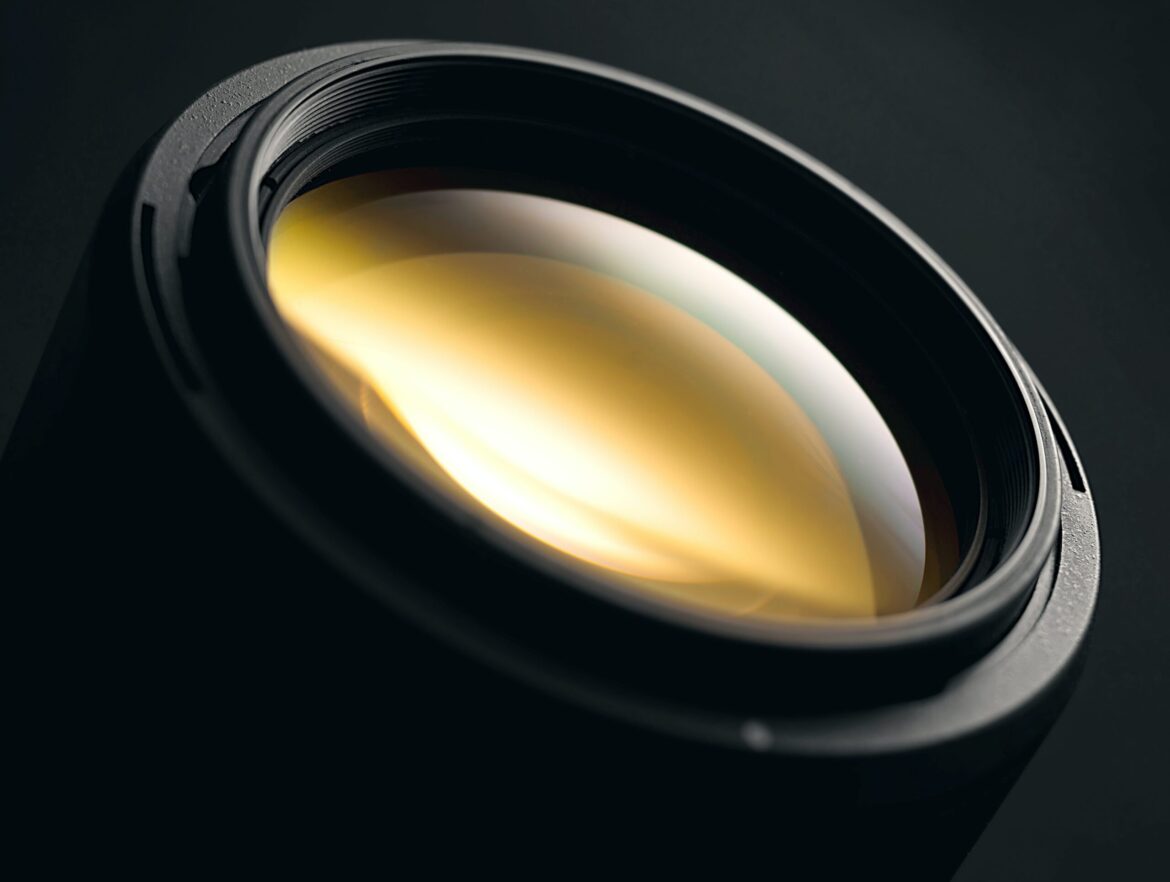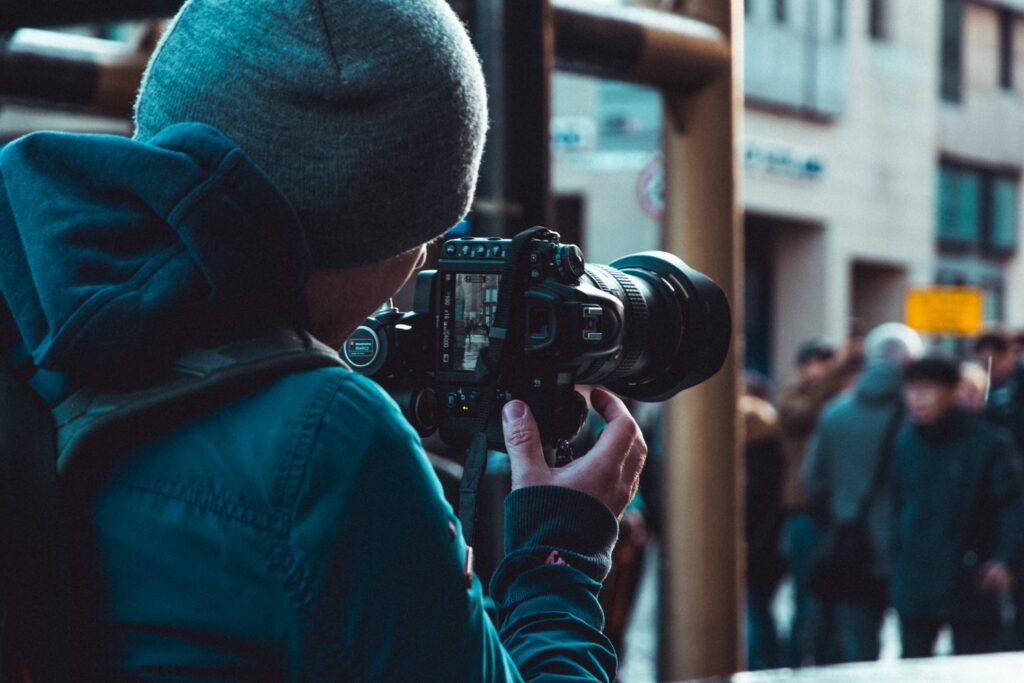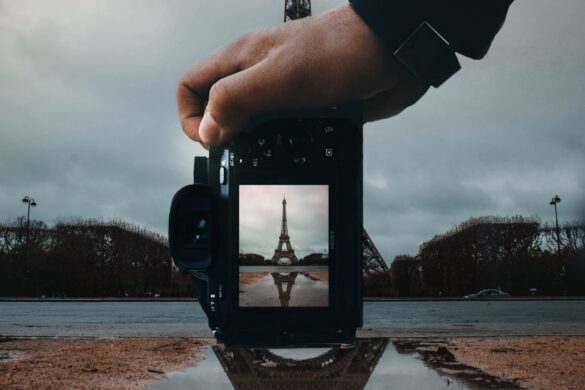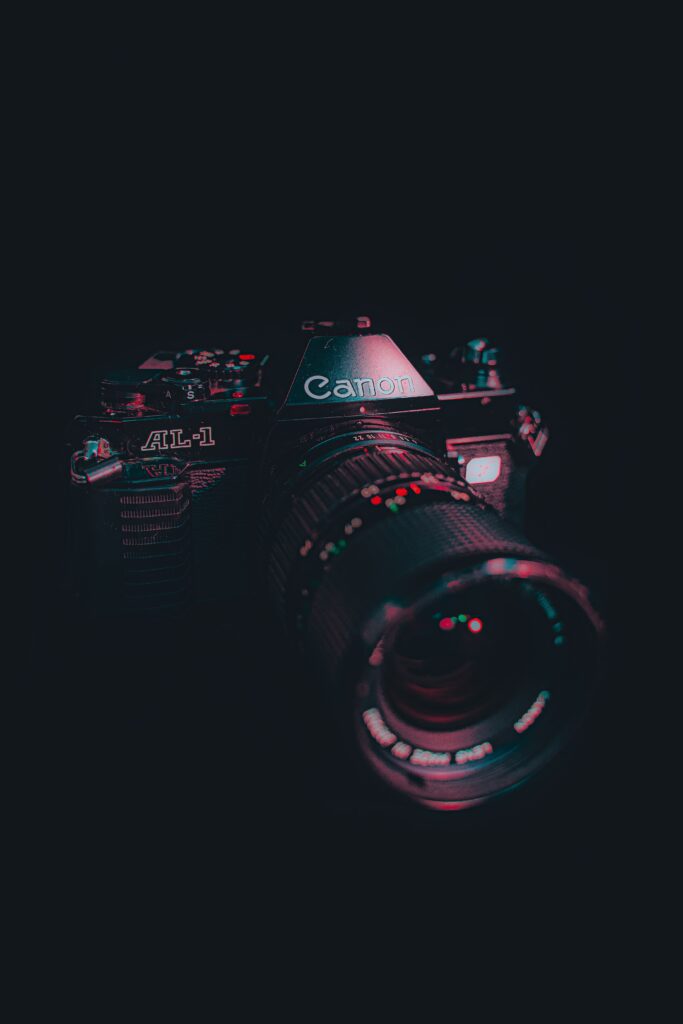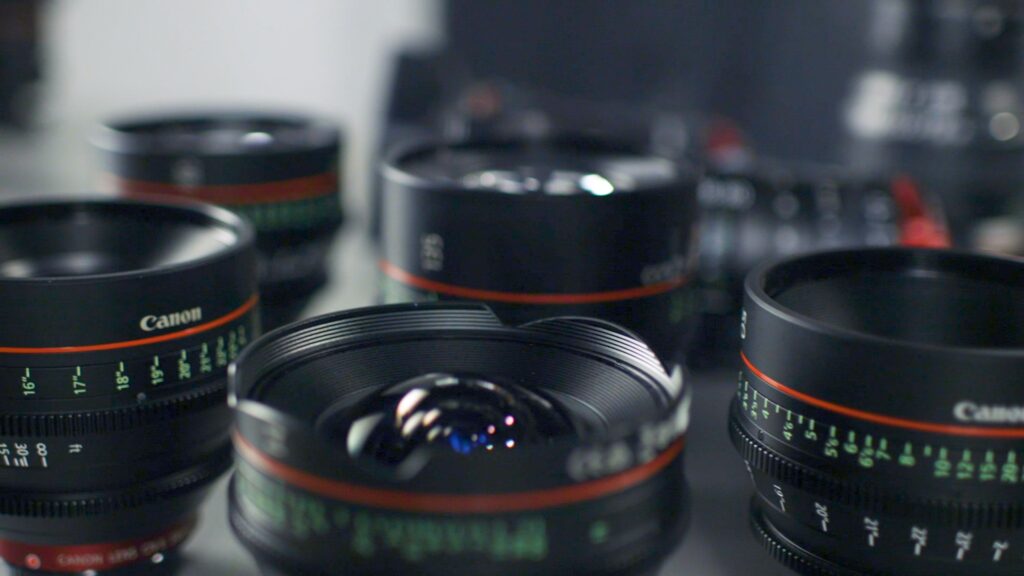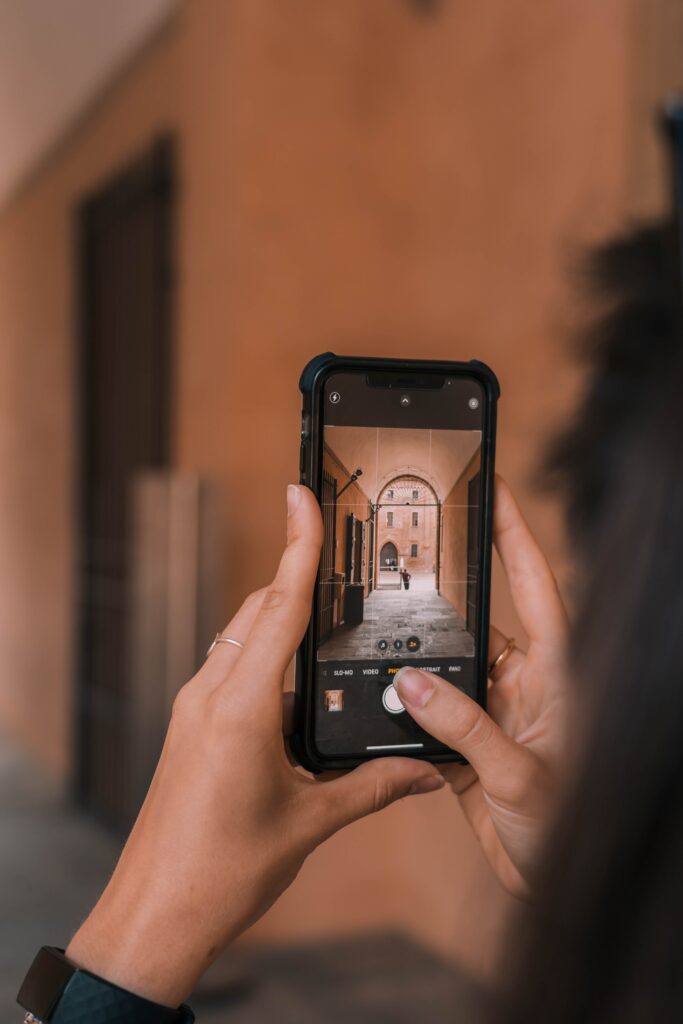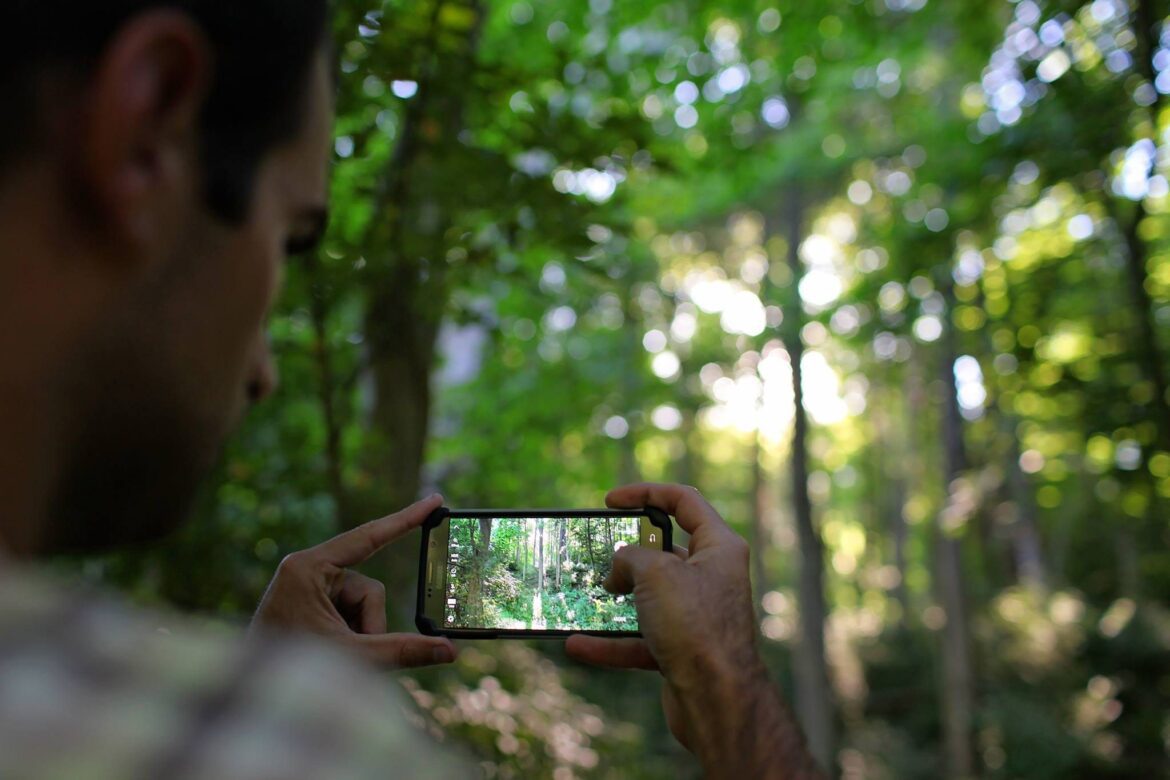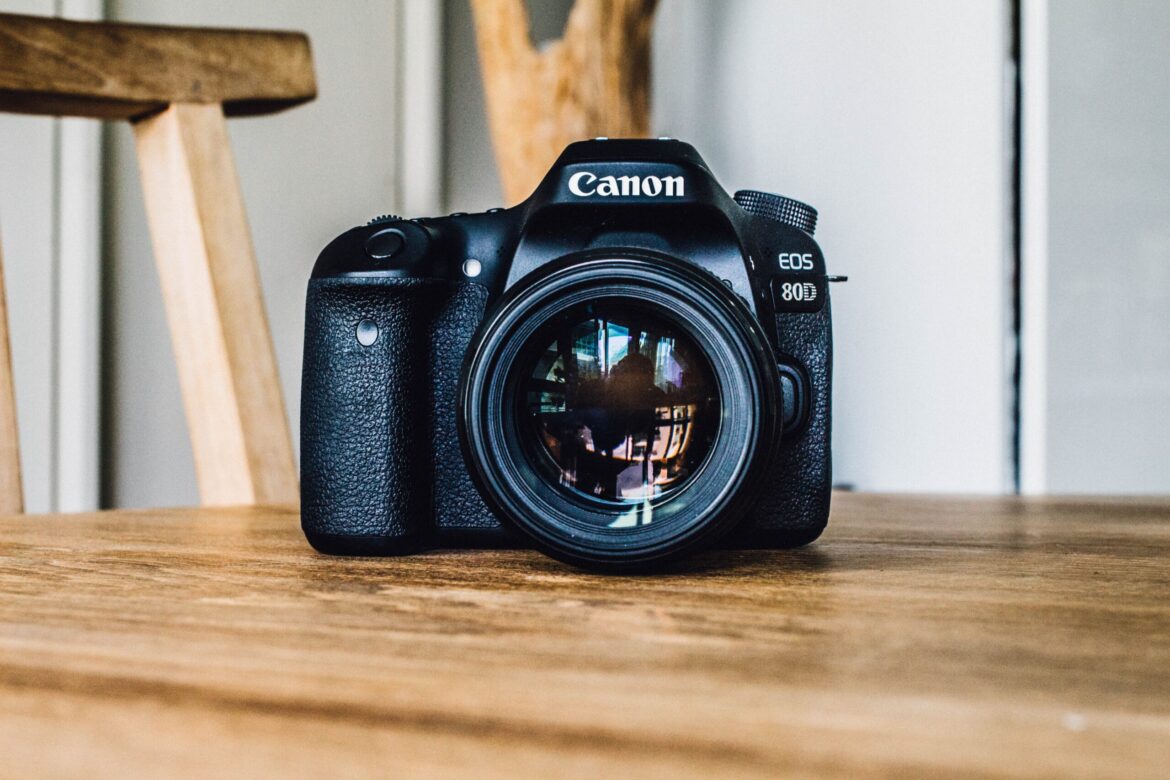Why Lens Coatings Are So Important in Photography
Photography is more than just pointing your camera at a subject and clicking the shutter. It’s also about understanding light, composition and the tools of your craft; in this case, lenses. Lens coatings are one of the most important aspects of lens technology. They protect the lens from dust, moisture, scratches and other contaminants that can affect image quality. But more importantly, they offer protection against glare and reflections that can ruin your photographs. In this blog post, we will explore why lens coatings are so important in photography and for taking beautiful pictures. Find out what you should look for when choosing a lens coating.
What are lens coatings?

Why Lens Coatings Are So Important in Photography
There are several different types of lens coatings, each with their own specific purpose. The most common type of lens coating is a UV filter, which helps to protect the lens from the damaging effects of ultraviolet light. Other common types of coatings include anti-reflective coatings, which help to reduce the amount of light that is reflected off the surface of the lens; and polarizing filters, which help to reduce glare and improve image quality.
The different types of lens coatings
There are many different types of lens coatings, each with their own specific purpose. The most common type of coating is an anti-reflective (AR) coating, which helps to reduce the amount of light that is reflected off the surface of the lens. This can be extremely helpful in situations where there is a strong light source, such as in direct sunlight or when using a flash. Other common types of coatings include UV-resistant and scratch-resistant coatings.
The benefits of lens coatings

There are many benefits to using lens coatings in photography. Here are just a few:
Lens coatings can help to reduce or eliminate reflections from the surface of the lens, which can improve image quality.
Lens coatings can help to reduce or eliminate glare from the sun or other bright light sources, which can improve image quality and make it easier to see the subject.
Lens coatings can help to protect the surface of the lens from scratches, fingerprints, and other damage.
Lens coatings can increase the efficiency of light transmission through the lens, which can improve image quality.
Lens coatings can reduce the amount of ultraviolet (UV) light that passes through the lens, which can improve image quality and protect your eyesight.
How to choose the right lens coating for your needs
There are many different types of lens coatings available on the market today, each designed to serve a specific purpose. When choosing the right lens coating for your needs, it is important to consider the type of photography you will be doing, as well as the environment in which you will be shooting.
For example, if you plan on doing a lot of outdoor photography, you will want a lens coating that is designed to reduce glare and reflections. In contrast, if you plan on doing mostly indoor photography, you will want a lens coating that minimizes smudges and fingerprints.
Here are some other things to keep in mind when choosing the right lens coating for your needs:
– The level of protection offered by the coating. Some coatings are more durable than others and can better protect your lenses from scratches, dirt, and other damage.
– The level of clarity provided by the coating. Some coatings can cause slight distortions or reduce the overall clarity of your images.
– The color rendering properties of the coating. Some coatings can cause colors to appear shifted or muted when compared to uncoated lenses.
– The price of the coating. Different manufacturers offer different price points for their products, so be sure to shop around before making your final decision.
Last Shutter Thoughts

Why Lens Coatings Are So Important in Photography: It’s all in the lens coating.
Lens coatings are a critical part of any photography setup, and understanding the different kinds can help you choose the right lens for your needs. Polarized lenses reduce glare while UV protection helps protect your eyes from harmful ultraviolet rays. Anti-reflective coating helps to minimize ghosting and flare, while water repellent made is great for shooting in wet conditions. By choosing the right combination of coatings, you’ll be able to ensure that every shot you take looks its best – no matter what type of camera or lens setup you have.
We recommend checking out this great tutorial on the importance of manual exposure – Mastering Manual Exposure: Learn How To Set Your Camera’s Manual Settings For Perfect Photos.
Check out this great article on the science of lens coating by PetaPixel.
Please leave your comments below and I will happily reply to them.
Like always shutterbugs stay curious and salty.

